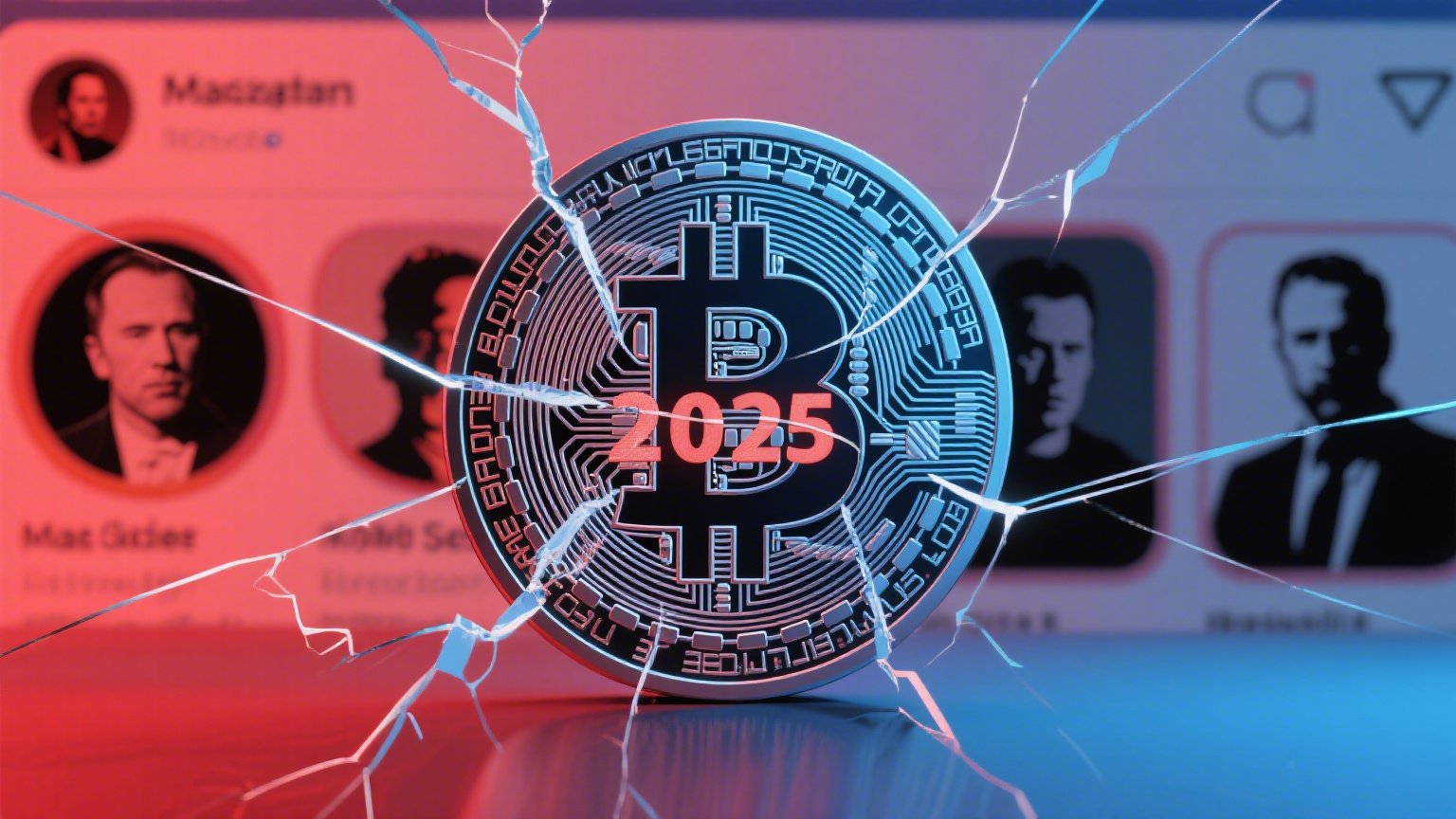Looking back at the market in 2021 now, it is simply a hype machine that was welded to death by "collective optimism." The most popular names at the time, Musk, Michael Saylor, PlanB, Raoul Pal, Cathy Wood, all shouted "a new paradigm is coming" and "100x is not the top." Even a tweet about DOGE could make billions of dollars rush in madly.

But as a firsthand participant, I noticed something was wrong at the time: these big shots only dared to give "rising expectations," but no one dared to say "where to run." Saylor said every day that Bitcoin is the "ultimate anti-inflation tool," but he didn't say that "anti-inflation doesn't mean it won't fall 40%"; PlanB drew beautiful curves with the Stock-to-Flow model, but avoided talking about "the model can't calculate the disaster of sudden liquidity withdrawal"; Musk relied on a tweet to double DOGE, retail investors thought it was an entry signal, but it was actually the shipment window for the institutions behind him.
I have a fan who still remembers that when Bitcoin touched 69,000 in November 2021, he followed a big V and said "hold to 100,000," but when it fell to 40,000, he was still waiting for a rebound, and finally cut his losses at 30,000. This is because he didn't see through it: the big shots' "belief" is used to pump up the market, but your "belief" is used to trap yourself. Don't scold the big shots for "tricking people"! The 4 bloody lessons that should be remembered most in 2021 Many people lose money and blame "big shots for cheating people," but I want to pour cold water on you: big shots have no obligation to be responsible for your money. The real pitfall is your own "laziness," too lazy to make strategies, too lazy to look at signals, too lazy to control risks. I will review these 4 lessons with my fans every year:
First, "anti-inflation" ≠ "can avoid risk." Saylor is right to promote Bitcoin as anti-inflation, but he uses corporate funds for long-term holding, while you use living expenses to bet everything. After the Federal Reserve raised interest rates in 2021, Bitcoin fell from 69,000 to 30,000. The saying of "anti-inflation" was shattered. Remember, the "long-term value" of an asset and your "short-term holding safety" are two different things. Even with Bitcoin, you will still cry if you don't have a stop loss.
Second, "scientific models" can't beat "liquidity." PlanB's Stock-to-Flow and Willy Woo's on-chain indicators looked much more reliable than K-lines at the time, but when liquidity tightened in December 2021, all models failed. I was staring at the ETH/BTC exchange rate and Bitcoin dominance (dominance refers to the proportion of Bitcoin's market value) at the time, and found that these two signals turned green before the model, and decisively reduced 70% of my positions. Compared with complex models, "price action + capital flow" is the life-saving talisman for retail investors.
Third, "long-term vision" cannot save "short-term chasing highs." Raoul Pal said that "crypto will usher in exponential growth," and Cathy Wood is optimistic about the "innovative technology curve." These are all correct in the long run, but people who chased highs in 2021 have not been able to get out of the trap even now. I have always told my fans: "To look at the long term, you have to do fixed investment. To chase the short term, you have to set a stop loss. Taking 'the big shots' long term' as 'your own short-term reason' is just giving away money."
Fourth, those who "dare to mention risks" are the real benefactors. There were also sober voices in 2021. Cobie, Pentoshi and others did not shout "how many times," but reminded people every day to "cut risks" and "set invalid points" (for example, stop loss if it falls below a certain moving average). No one listened at the time, but later they remembered after losing money that those who didn't draw cakes for you, but only told you "it's time to run," are the ones who can protect your principal.#ETH创历史新高 #美联储降息预期 #币安Alpha上新 $ETH

